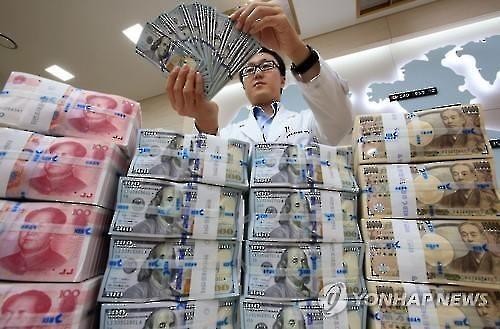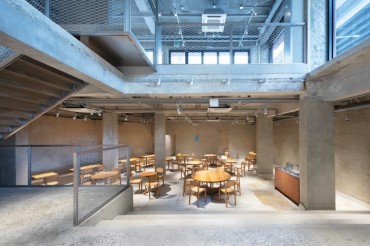SEOUL, March 25 (Korea Bizwire) – South Korea’s per capita income dropped in 2015 from the previous year, marking the first on-year drop in six years even though the decline was largely attributed to the depreciation of the local currency against the U.S. dollar.
In 2015, the country’s per capita gross national income (GNI) came to US$27,340, down 2.6 percent from $28,071 in the previous year, according to preliminary data from the Bank of Korea (BOK).
The decline in per capita income, however, was mostly attributed to a 7.4 percent drop in the value of the local currency against the greenback in 2015.’
Per capita GNI, in terms of the local currency, gained 4.6 percent on-year to 30.94 million won last year, breaching the 30-million-won mark for the first time in the country’s history, the BOK said.
The country’s per capita GNI has remained under $30,000 since it breached the $20,000 mark for the first time in the country’s history in 2006.
Many believe the per capita income may again fail to breach the $30,000 mark this year as the local economy is expected to grow only 3 percent at best.
The central bank has slashed its growth outlook for 2016 to 3 percent from the 3.2 percent forecast earlier, while many others, including global investment banks, predicted an annual expansion of as low as 2.2 percent for Asia’s fourth-largest economy.
The cut in national income, in terms of the U.S. dollar, was attributed to sluggish exports, limiting the country’s access to the hard currency.
“A cut in exports could be said to have had the largest impact on the drop in per capita income,” Jeon Seung-cheol, head of the BOK’s economic statistics department, told a press briefing.
“Government policies aimed at boosting local spending helped absorb a significant part of the impact, but external shocks, such as a drop in exports, can be viewed as a main factor that caused the decline in per capita income,” he added.
South Korea’s exports dropped every single month in 2015.
Similarly, personal gross disposable income, which measures people’s purchasing power, grew 4.7 percent from a year earlier to 17.57 million won in 2015, while its value in terms of the U.S. greenback slipped 2.5 percent on-year to $15,524.
The country’s economy continued to expand in 2015, though at a slower pace.
The country’s real gross domestic product (GDP) rose 2.6 percent on-year last year, compared with a 3.3 percent expansion in the previous year, the BOK data showed.
The latest reading is on par with the central bank’s earlier estimate, though the bank revised down the growth in the third quarter to 1.2 percent from the previous 1.3 percent, while also revising the fourth quarter reading to a 0.7 percent jump from a 0.6 percent on-year expansion.
Increased spending by both the private and public sectors helped keep Asia’s fourth-largest economy growing.
“While the growth of semi-durable goods and services expenditures showed a sluggish pace, the consumption of durable goods expanded significantly,” the BOK said in a press release.
Private consumption gained an estimated 2.2 percent from a year earlier in 2015, compared with a 1.7 percent on-year increase in the previous year. Government spending spiked 3.4 percent, also accelerating from a 3 percent rise in 2014.
Exports, which account for nearly 50 percent of the country’s GDP, struggled, only inching up 0.8 percent, compared with a 2 percent rise in the year before.
A slow growth, partly caused by sluggish exports, has apparently remained a major concern for the South Korean central bank, which has kept its key interest rate frozen at a record low of 1.5 percent since June 2015 in an attempt to bolster growth.
In addition to slashing its growth forecast, the BOK has also revised down its growth outlook on consumer prices to 1.4 percent from 1.7 percent for this year, possibly indicating a slowdown in domestic consumption that apparently helped keep the local economy growing albeit at a disappointing pace in 2015.
(Yonhap)







